Orkhon Valley - World Cultural Heritage in Mongolia
The United Nations Science, Education and Culture Organization recognized the Orkhon Valley of Mongolia as a World Cultural Heritage in 2004.
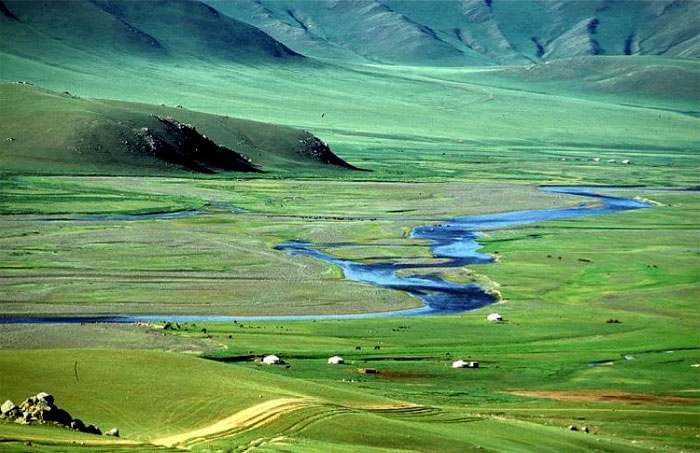
Orkhon Valley lies along the banks of the Orkhon River in the central part of Mongolia. The valley area of 121,967 hectares includes a large grassland area along the banks of the river, along with many archaeological sites dating from the sixth century. Orkhon Valley also has a 61,044 hectare buffer zone surrounded.
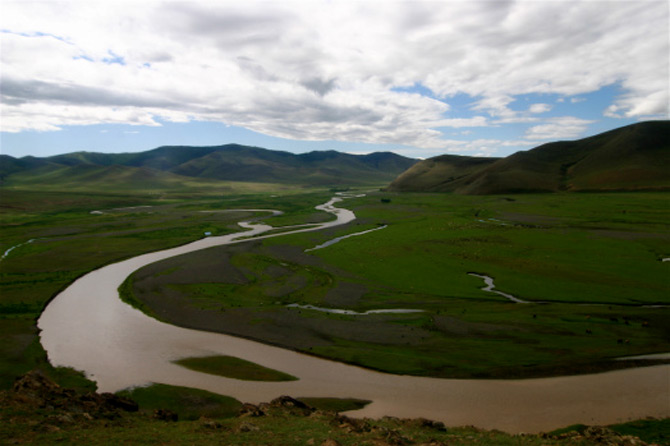
For centuries, Orkhon valley is considered the capital of the Mongolian empire and so far there are still many vestiges showing the strong development of nomadic culture, nomadic culture and trade network. trade and military and administrative areas of the Mongolian court. It is also the largest religious center of tribes and tribes in Mongolia. In the 13th century, 14 Valley of Orkhon was the capital of Genghis Khan's reign, the vast empire of Genghis Khan at that time was called Khan .
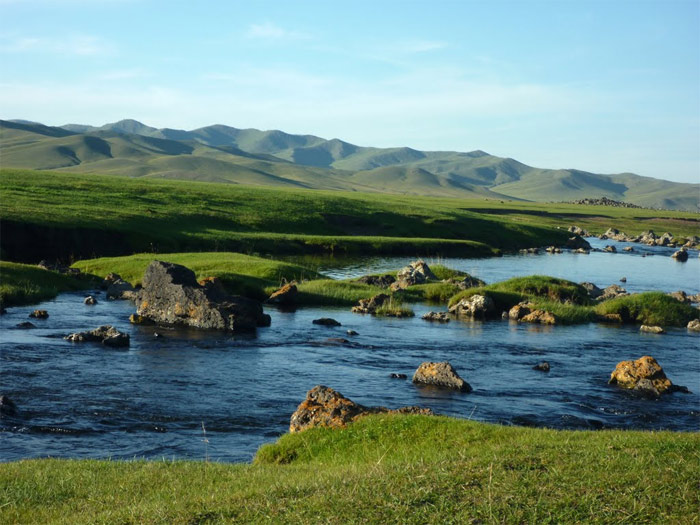
The Orkhon River is a large river that originates from Khangai Mountain in the province of Arkhanai to the north. The mountain has a total length of 1,124 km before merging into the Selenga river , from Selega this river flows to Russia and flows into Lake Baikal . The Orkhon River is longer than Selenge and is the longest river in Mongolia. The Orkhon River has two sub-rivers: Tuul and Tamir. Along the length of the river, there are two tribes: Khar Balgas and Karakorum, in which Khar Balgas is the ancient capital of Hoi Huan kingdom and Lac Hoa Lam cable kingdom. Archaeologists have excavated some of the tombs of the people in the Hungarian royal family in this valley. Near the Orkhon River is the Ulaan Tsutgalan River with a beautiful natural waterfall, this is a quite famous destination of Mongolia.
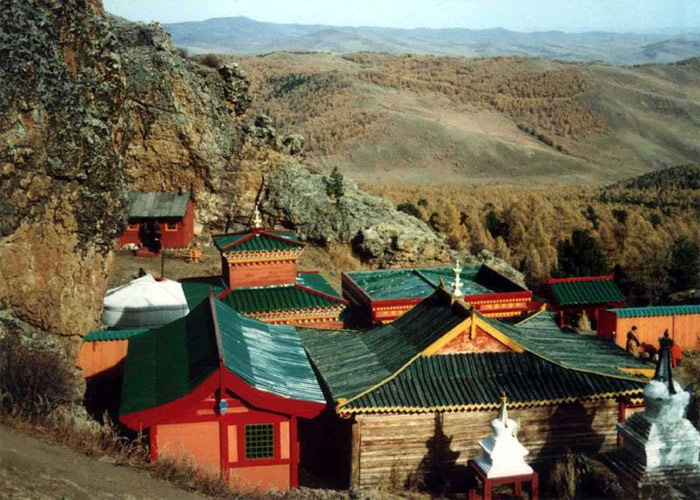

Village village in Orkhon valley
The entire Orkhon valley is a testimony of nomadic culture developed over the centuries. Orkhon Valley is also an intersection between many East and West cultures on the land connecting Europe - Asia.
At the height of this nomadic culture, the Orkhon valley area had many Buddhist monasteries built, so far many monasteries are intact and well preserved. Besides Buddhist monasteries, along the banks of the Orkhon River, there are many buildings built with the architecture of Europe and Asia still existing.

 Buddhist monasteries in Orkhon valley
Buddhist monasteries in Orkhon valley
The Orkhon Valley is recognized as a World Cultural Heritage by Unesco with the following criteria:
Criterion (ii): Orkhon valley clearly shows nomadic culture as well as the sustainable development process of this form of activity. Orkhon Valley is also historically significant because it is a commercial, military, and religious place of the Mongolian empire. Besides, the capital of the Mongolian empire is a place of sport and is influenced by the cultures of East-West, Europe and Asia.

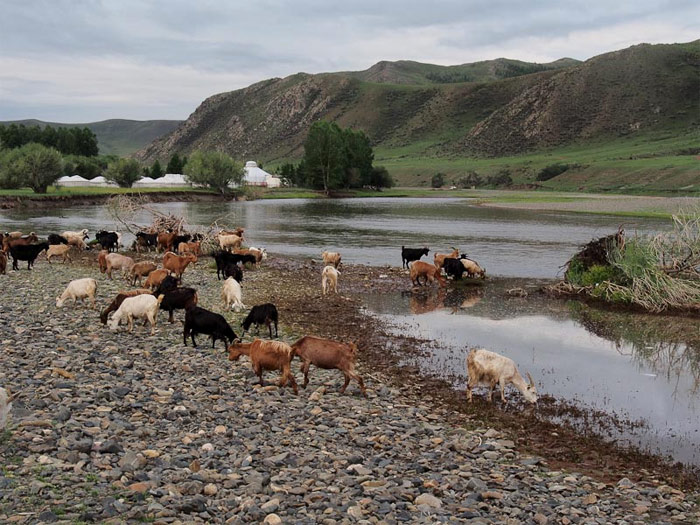 Nomadic life of indigenous people along the Orkhon river
Nomadic life of indigenous people along the Orkhon river
Criterion (iii): The foundation of the development in the Orkhon valley for centuries is a meaningful culture. This culture is a harmonious combination of nomadic life, nomadic life and the aristocratic life of the Mongolian empire.
Criterion (iv): The Orkhon Valley is an outstanding testament to the development process through many important historical periods of the world. First of all, this is the capital which is the socio-economic center of the Mongolian empire . Secondly it reflects a powerful Mongolian country. In addition, in this valley there are many Buddhist monasteries and works of historical and cultural significance with the typical architecture of the region.
- Geghard Monastery and Azat Valley
- Stone carvings in the Altai range
- Kathmandu Valley - Nepal
- Archaeological site of Lenggong valley
- Whale Valley - World Natural Heritage in Egypt
- Prehistoric archaeological sites in the Dordogne valley and caves in the valley of Vézère - France
- Kernavé archaeological site - World cultural heritage in Lithuania
- Sacred mountain Sulaiman-Too - World cultural heritage in Kyrgyzstan
- Wachau Cultural Landscape
- Secrets - World Cultural Heritage in China
- Uvs Nuur Basin - World natural heritage in Mongolia
- Cultural landscape of Bam - World Cultural Heritage in Iran
 Suzhou classic bonsai garden - China
Suzhou classic bonsai garden - China Chau Nguyen Dynasty
Chau Nguyen Dynasty Thai Son Mountain - World Wonder
Thai Son Mountain - World Wonder Ancient villages of Shirakawa-go and Gokayama
Ancient villages of Shirakawa-go and Gokayama